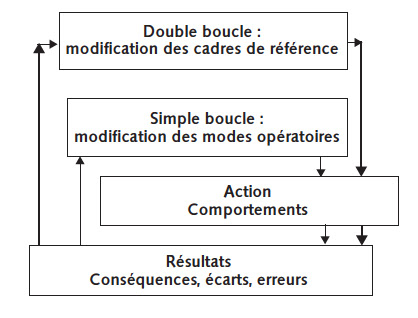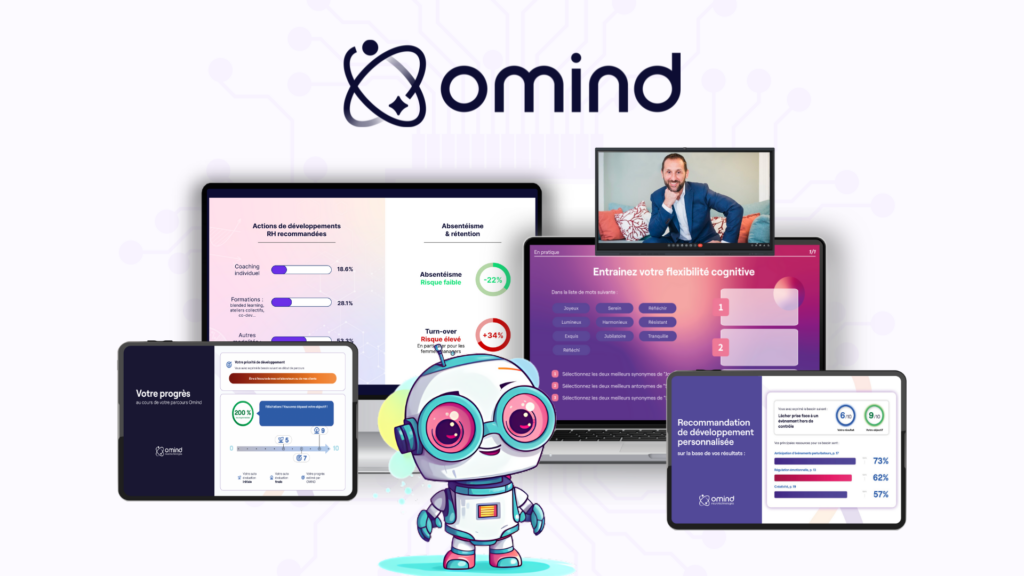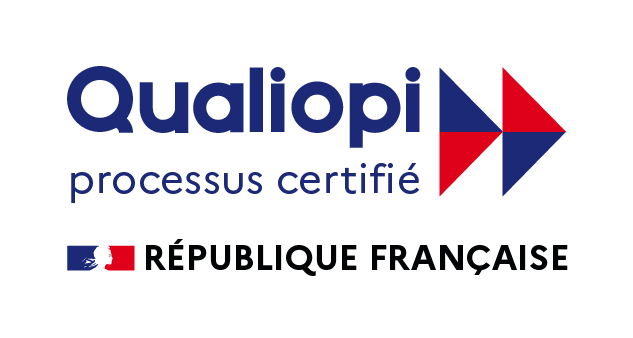The ICF defines coaching ” cas an alliance between the coach and his clients in a process that encourages them to reflect and be creative in order to maximize their personal and professional potential… “. While the federation’s website goes on to remind us of certain fundamentals – framework, process, objective – there is still plenty of room for conscious or unconscious drift. It’s easy to confuse coaching, mentoring, training, psychology and consulting, and this doesn’t prevent the worst: lack of self-awareness on the part of the coach, the illusion of praxis – originally, according to the Greeks, the activity of free people – and therefore manipulation of the coachee. The arrival of new practices such as augmented coaching or data andAI must make us wonder. It’s healthy! In Olympic season, we’re thinking about the health of physical bodies and organizational bodies based on esprit de corps. In this month’s cogito, we offer you a societal reflection and a systemic look at Oh so Mindful ¹ support. !
There are many definitions of coaching, none of which can do more than scratch the surface of what the practice is all about. This discipline has been developing since the 60s. Initially, it was a transposition of top-level sports coaching, which borrowed its vocabulary and the quest for performance from it; but coaching draws on many other theoretical sources, some of them ancestral, such as maieutics. Psychoanalysis, the systemic approach, cognitive sciences, transactional analysis, NLP and gestalt psychology are just some of the currents that make up the water table in the field of coaching. Each coach will draw on these according to his or her own needs and characteristics, thus creating the specificities of his or her coaching.
Today’s society is the fruit of humanity’s past, of today’s challenges, of tomorrow’s visions, of human diversity and of a freedom which – even if it is not universal – goes far beyond what previous generations may have known. This freedom, however desirable it may be a source of lost bearings. Humans are living organisms, prey to their environment and the internal systems that regulate it. This is confirmed by the predominance of certain physical and psychological disorders and illnesses at different periods in history. Currently, the psychosocial risk that is making the headlines is burn-out and its variants bored-out or brown-out ² . Entre l’environnement de travail parfois dénué d’humanité et l’humain qui contribue au système, difficile d’établir une distinction entre causes et conséquences. En parallèle, l’humain est sans cesse en mouvement, jusqu’à son dernier souffle. Finitude – au minimum corporelle – difficile parfois à accepter.
Coaching is a response to demand for performanceof course, but it does so by bringing the individual by bringing the individual into line with the collective or individuals within their collective. A recent discipline on the human scale, and one that is constantly evolving, coaching is seeking its own path, just like those who call upon it.
Virtue or pragmatism, today, human development is at the heart of the concerns of modern organizations.. In a constantly evolving professional world, coaching has become a key tool to help individuals flourish, while generating positive systemic impacts within organizations. Through various theories, such as those of Chris Argyris³ cyberneticsand constructivism, we better understand how these elements interact. The emergence ofartificial intelligence (AI) andapplied data analysis adds a new dimension to coaching, increasing its effectiveness and adaptability.

Chris Argyris, with his concept of “double-loop learning”, highlights the need to question not only behaviours, but also the values and beliefs that underpin them (Argyris, 1977). A study conducted by the American Society for Training and Development (ASTD) revealed that companies that invest in developing their employees’ skills can increase their productivity by 24%. (ASTD, 2014). This underlines the importance of a systemic approach to coaching, where each individual change can produce leverage for the whole organization.
Cybernetics helps us grasp the complexity of interactions within organic systems. Gregory Bateson ⁴ emphasized that change in one element of a system can have unexpected repercussions on other elements (Bateson, 1972). This principle is relevant to coaching, where improved communication or a change in behavior on the part of an individual can positively influence team dynamics and even organizational culture. In fact, a McKinsey study found that performance was 30% higher in organizations with a strong collaborative leadership culture versus those without (McKinsey, 2018).
Already proven science and studies underpin that “the voice or the way” of data and AI has its place in coaching. It’s up to each coach to make the most of this new tool in his or her own practice and art!
A final bend before concluding that there’s plenty of food for thought here. Visit constructivism – so many terms to explore this month, but we’ve put the links here for you… – also makes its contribution by reminding us that the real is, in fact, only “my” real. By encouraging active learning based on social interaction, coaching enables employees not only to develop technical skills, but also to work towards a shared reality. Research published in the Journal of Workplace Learning found that employees with access to collaborative coaching programs are 36% more likely to feel engaged in their work (Baker, 2020). This indicates that coaching can transform employees into agents of change within the organization.
The advent of artificial intelligence brings benefits to coaching as it does to other fields; what remains is to become a craftsman of excellence with this new tool. AI can analyze behavioral and organizational data, providing valuable valuable insights on team and individual dynamics. Tools like Ignition or Ascent can reveal training and coaching needs based on past performance and observed behaviors, enabling a more personalized and effective approach to coaching. more personalized and effective approach to support and follow-up.. A study by Deloitte showed that the use of AI in coaching could increase the effectiveness of sessions by 40% by providing suggestions and resources specific to each individual’s needs (Deloitte, 2021). Data aligned with our figure of the month.
The link between human development, coaching and systemic impacts on organizations is powerful and interconnected. By integrating approaches from organizational theory and cybernetics, and leveraging AI, organizations can maximize the benefits of their coaching initiatives.
So, is Omind augmented coaching a gimmick or an essential tool? If the data seems to agree on positive impacts with the expansion made possible, we’ll have to keep an eye on Argyris’ double learning loop, noting results and gaps with performance and human well-being at the center.
We’ll be talking about it again at NeuroTalk on September 10!
Author: Sabine Kennedy, article fusion Mémoire Master Panthéon- ASSAS En Coaching et Développement du Personnel en Entreprise and ChatGPT requests (estimated time saving 2 to 4h)
¹ Oh so Mindful! – little pun that sounded better in English, sorry ☺
² The Stupidity Paradox by American anthropologist David Graeber, who denounced the overabundance of “bullshit jobs” in 2013.
³ Chris Argyris: (1923-2013) American theorist, professor emeritus at Yale and Harvard Business School, and author – renowned for his theories of learning and systemic relationships between behavior and macroeconomics.
⁴ Gregory Bateson (1904-1980) American anthropologist, psychologist and epistemologist. Fields of research: cybernetics, group theory and the theory of logical types, he has worked extensively on communication (human and animal). One of the founders of the Palo Alto School.

